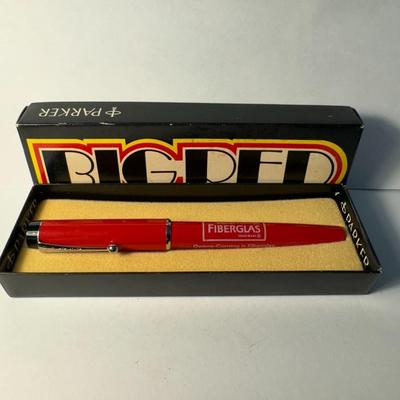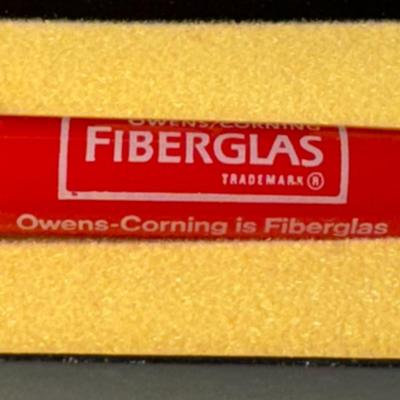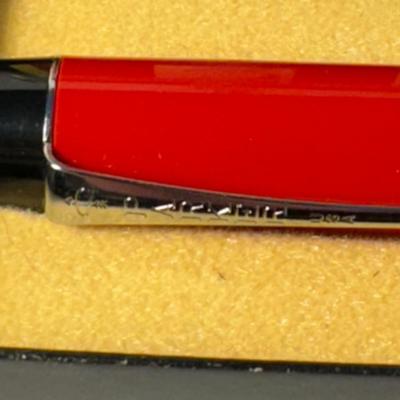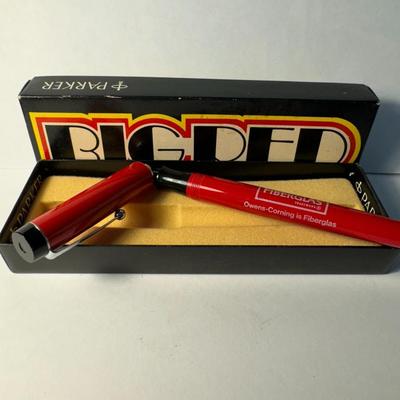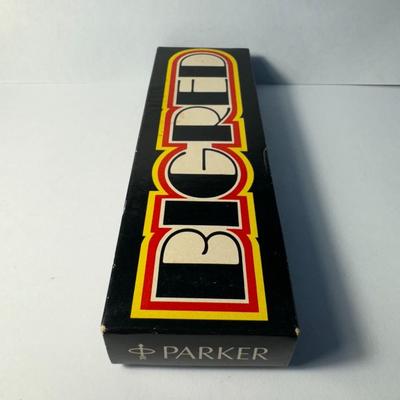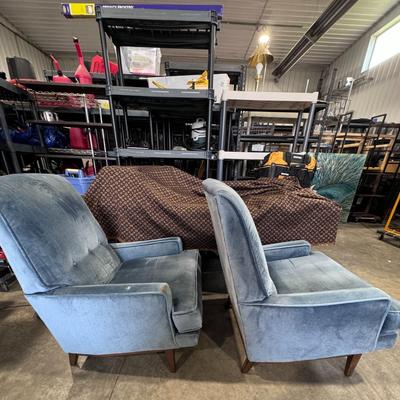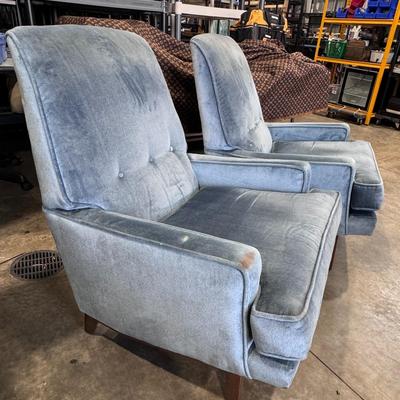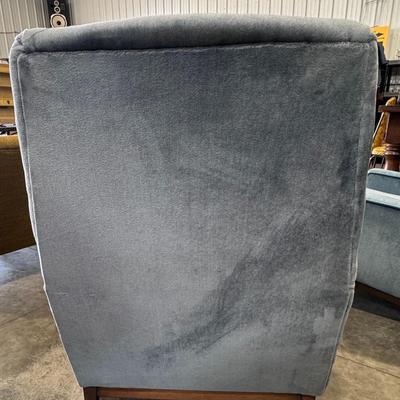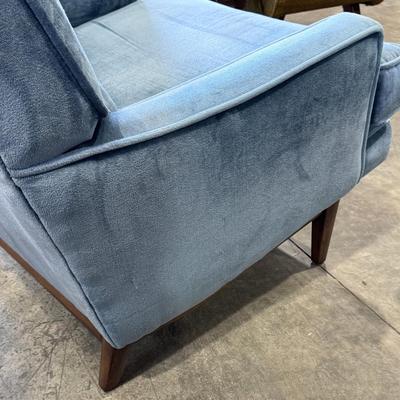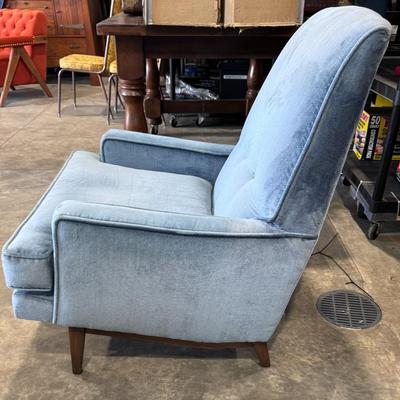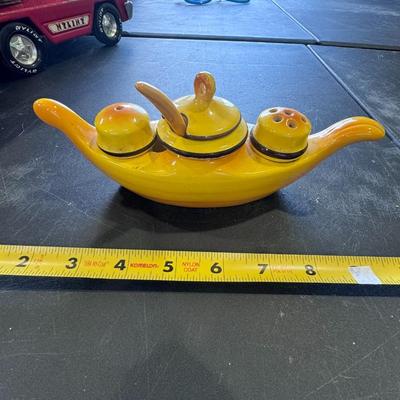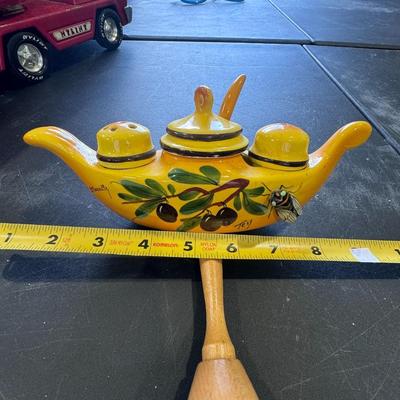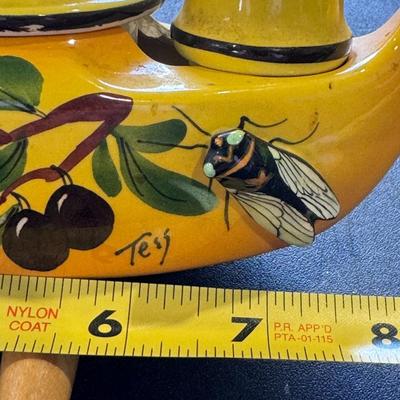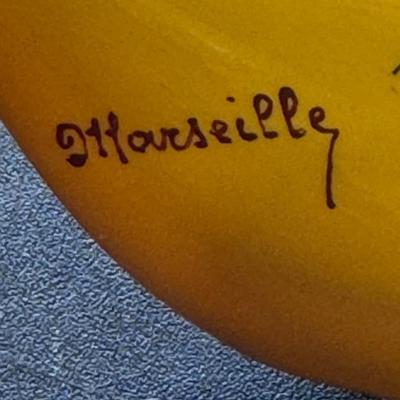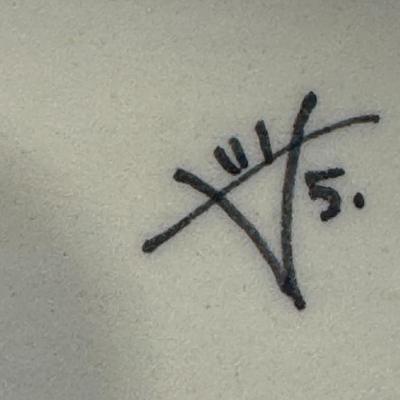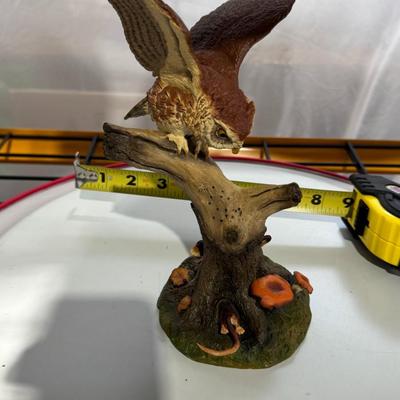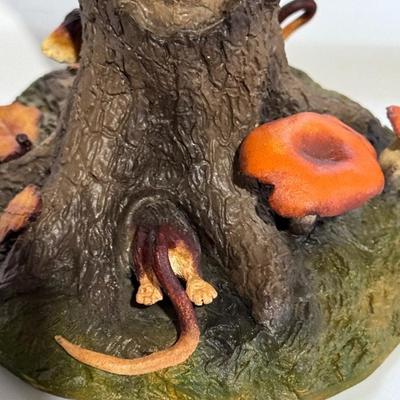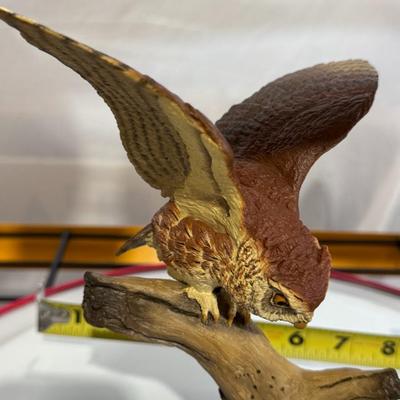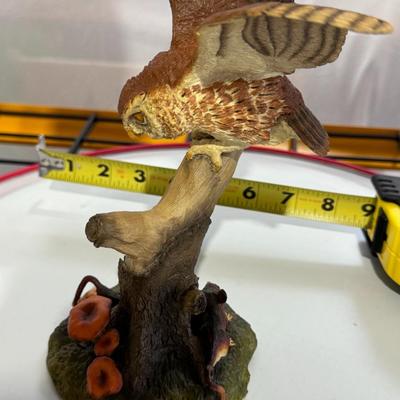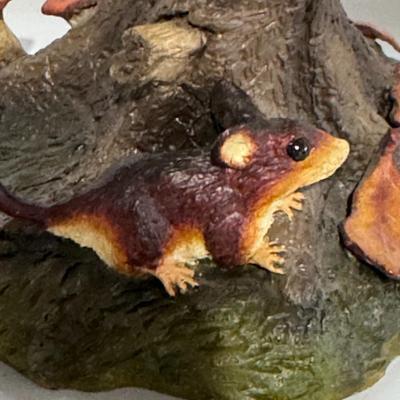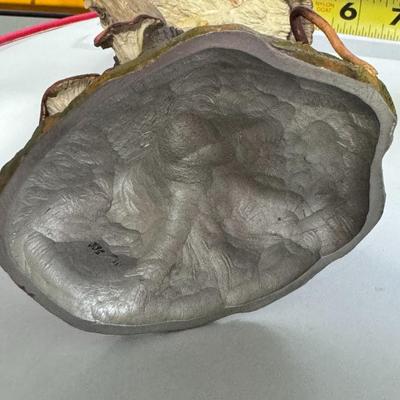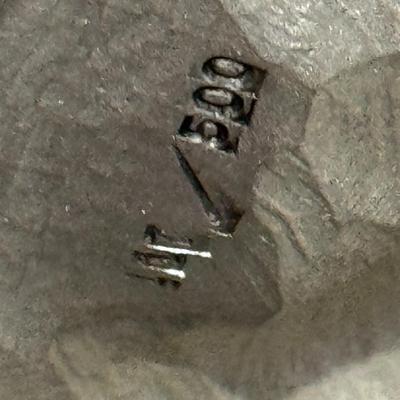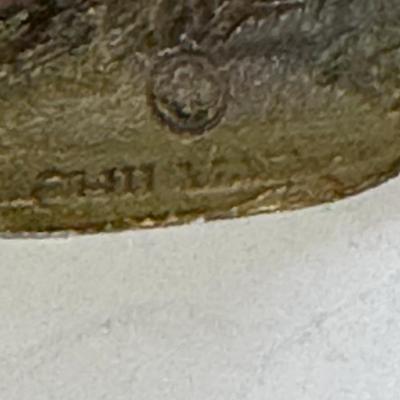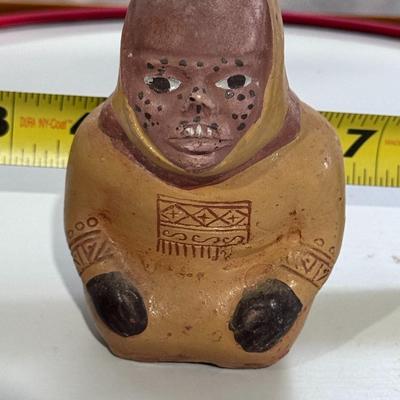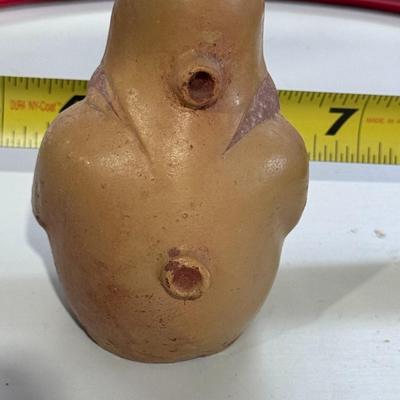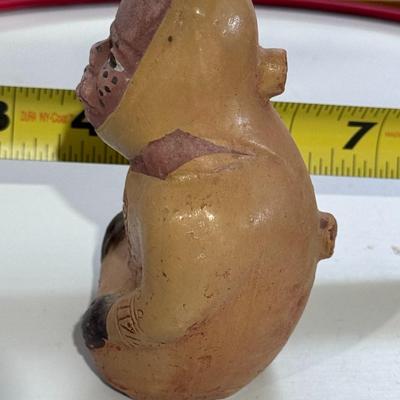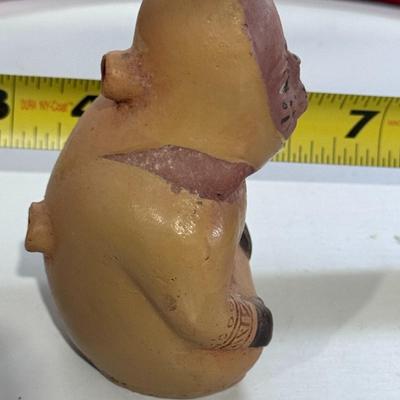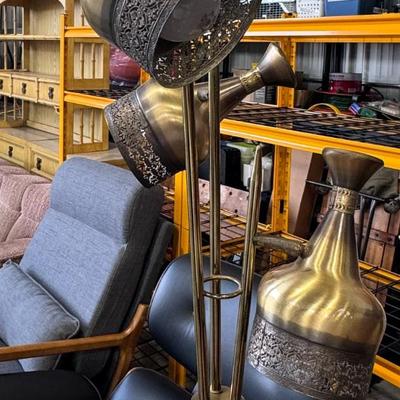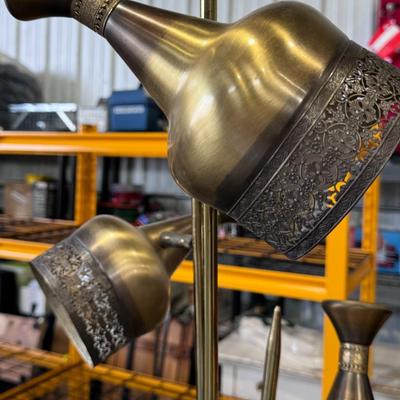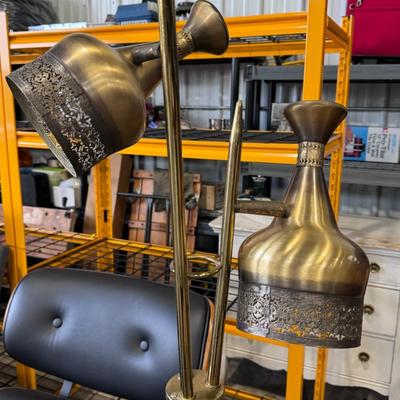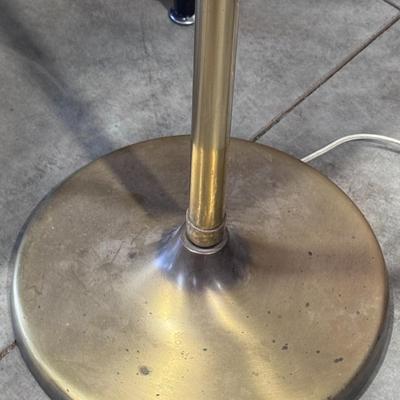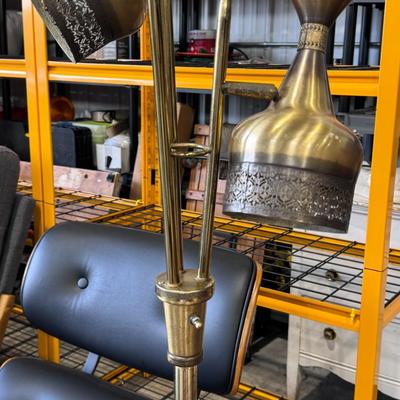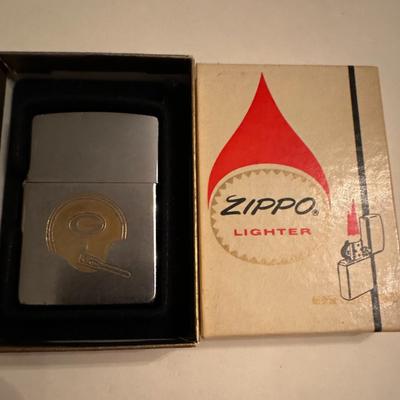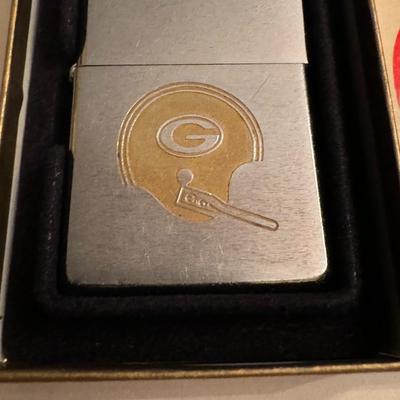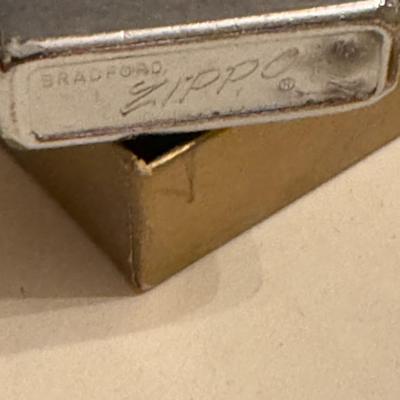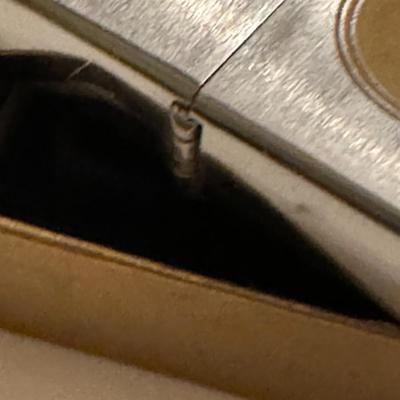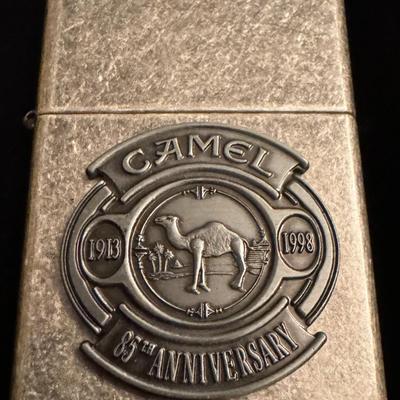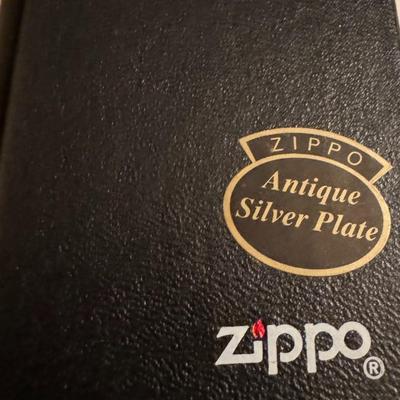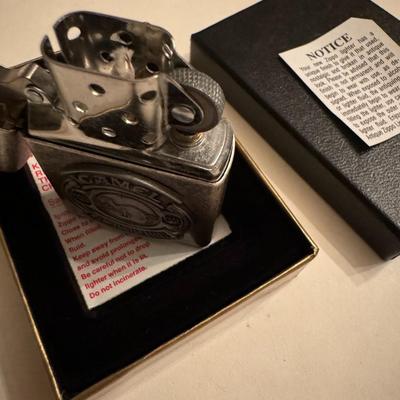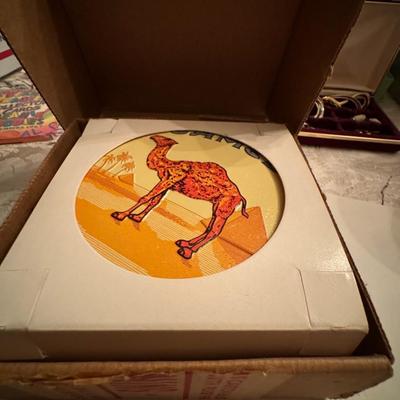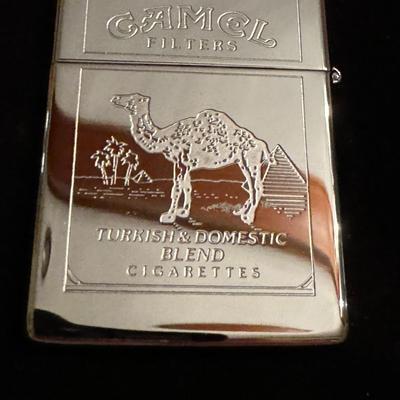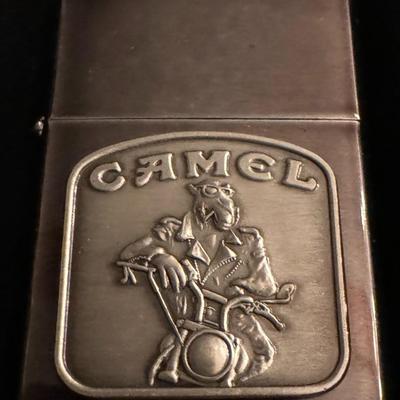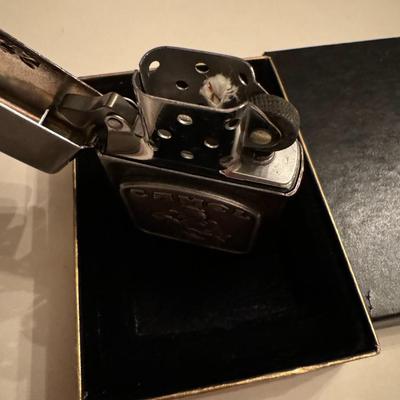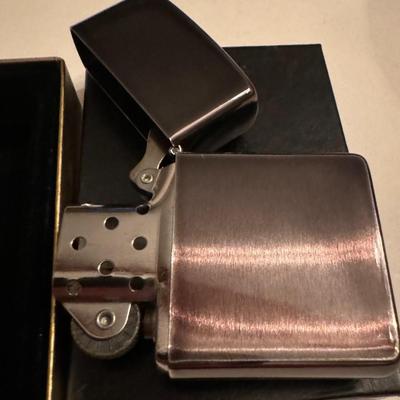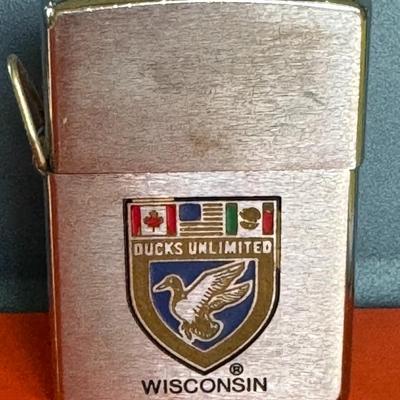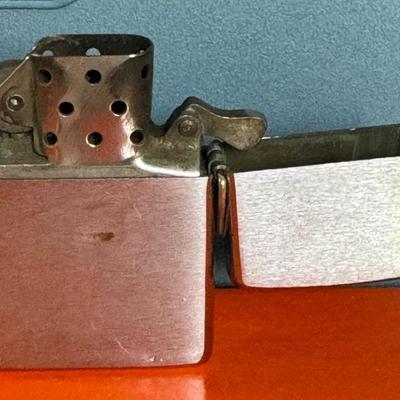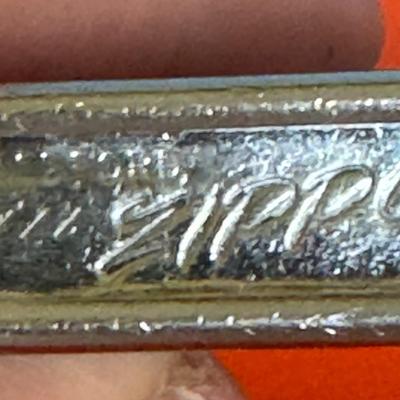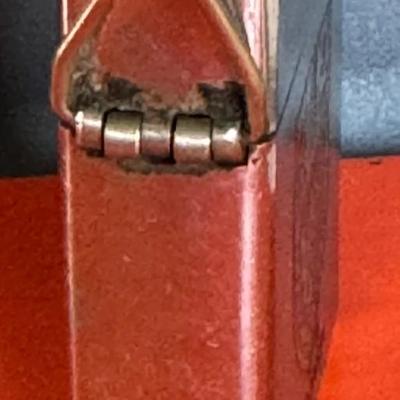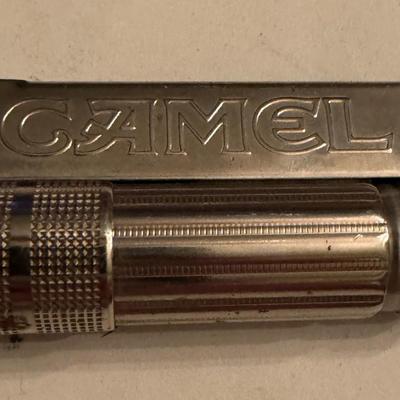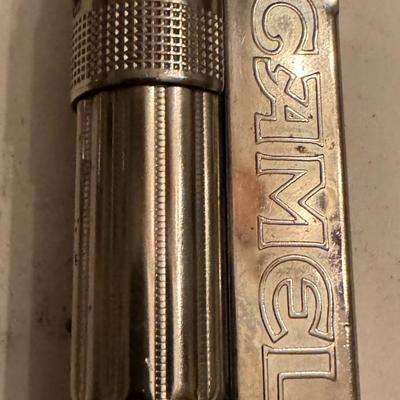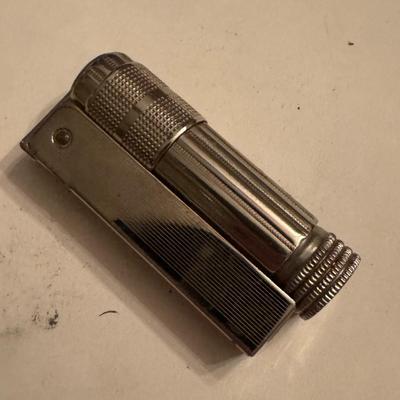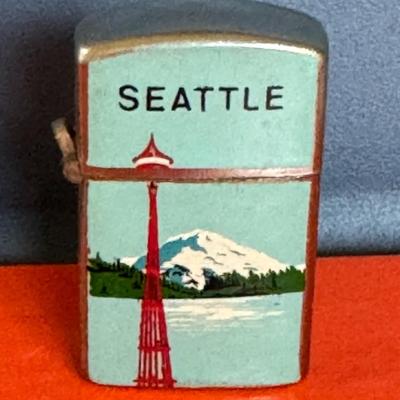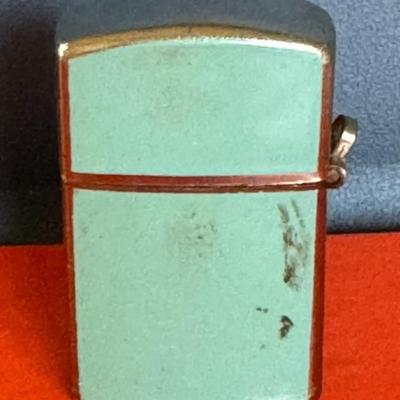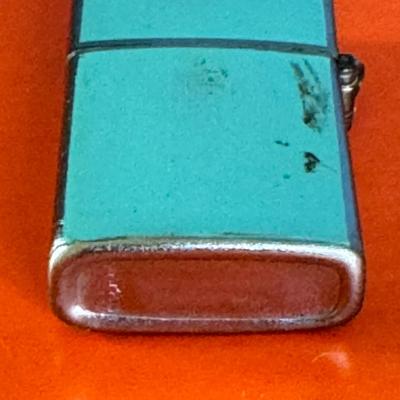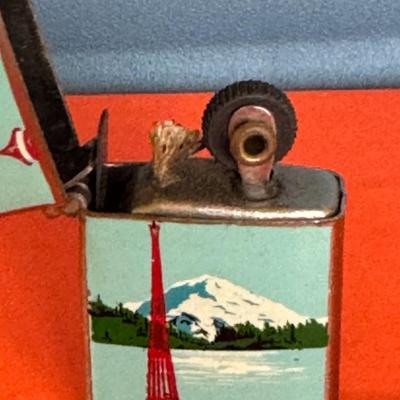-
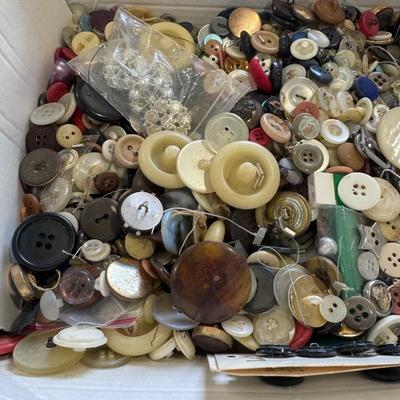
Large box of vintage buttons, mixed 101 / 797 -
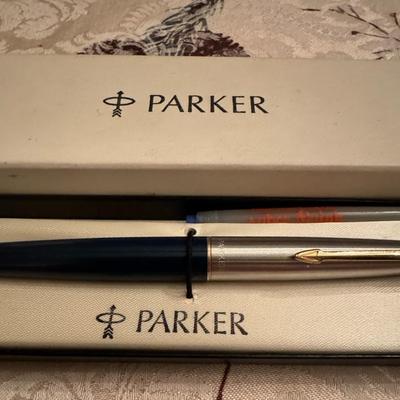
Parker 45 GT fountain pen in a box. About the Parker 45 GT: Introduction and History: The Parker 45 was introduced in the early 1960s as a less expensive option compared to the Parker 51. It was Parker's first cartridge/converter pen and proved to be very popular, enjoying a long production run that ended in 2008. The "45" in the name is believed to reference the Colt .45 handgun. GT Variant: "GT" stands for Gold Trim, referring to the gold-plated accents on the pen, such as the clip and clutch ring. Features: The Parker 45 is known for being reliable and generally well-built. Filling System: It can be filled using either Parker ink cartridges or a converter to use bottled ink. The pen in the image includes a converter, according to the description of a similar pen set. Nib: The nib unit (nib, feed, and collar) can be easily unscrewed for cleaning or swapping with different nib sizes. 14k gold and steel nibs were available. Collector's Item: Parker 45s, particularly the early models from the 1960s and 1970s, are considered collectible due to their history and wide variety of styles and finishes. 102 / 797 -
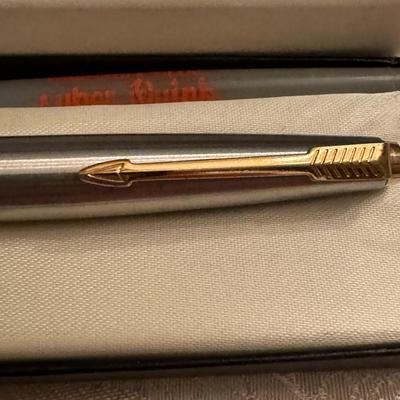
Parker 45 GT fountain pen in a box. About the Parker 45 GT: Introduction and History: The Parker 45 was introduced in the early 1960s as a less expensive option compared to the Parker 51. It was Parker's first cartridge/converter pen and proved to be very popular, enjoying a long production run that ended in 2008. The "45" in the name is believed to reference the Colt .45 handgun. GT Variant: "GT" stands for Gold Trim, referring to the gold-plated accents on the pen, such as the clip and clutch ring. Features: The Parker 45 is known for being reliable and generally well-built. Filling System: It can be filled using either Parker ink cartridges or a converter to use bottled ink. The pen in the image includes a converter, according to the description of a similar pen set. Nib: The nib unit (nib, feed, and collar) can be easily unscrewed for cleaning or swapping with different nib sizes. 14k gold and steel nibs were available. Collector's Item: Parker 45s, particularly the early models from the 1960s and 1970s, are considered collectible due to their history and wide variety of styles and finishes. 103 / 797 -
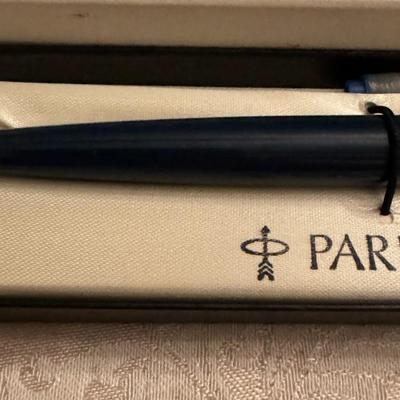
Parker 45 GT fountain pen in a box. About the Parker 45 GT: Introduction and History: The Parker 45 was introduced in the early 1960s as a less expensive option compared to the Parker 51. It was Parker's first cartridge/converter pen and proved to be very popular, enjoying a long production run that ended in 2008. The "45" in the name is believed to reference the Colt .45 handgun. GT Variant: "GT" stands for Gold Trim, referring to the gold-plated accents on the pen, such as the clip and clutch ring. Features: The Parker 45 is known for being reliable and generally well-built. Filling System: It can be filled using either Parker ink cartridges or a converter to use bottled ink. The pen in the image includes a converter, according to the description of a similar pen set. Nib: The nib unit (nib, feed, and collar) can be easily unscrewed for cleaning or swapping with different nib sizes. 14k gold and steel nibs were available. Collector's Item: Parker 45s, particularly the early models from the 1960s and 1970s, are considered collectible due to their history and wide variety of styles and finishes. 104 / 797 -
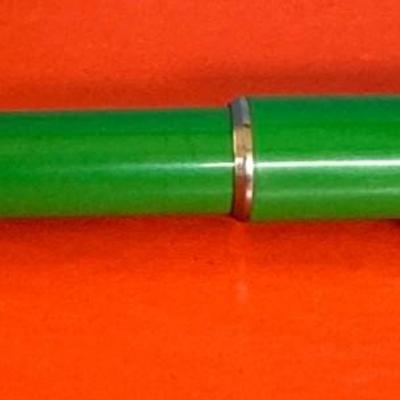
The "Big Red" nickname was originally given to the Parker Duofold fountain pen, introduced in 1921, which featured a striking orange-red hard rubber. A lower-end pen, also called "Big Red", was released in 1970. This ballpoint pen was produced from 1970 to 1981 and was quite popular, with over 27 million units sold by 1980. The pen shown in the image is green, a less common color variation of the "Big Red" ballpoint pens. 110 / 797 -
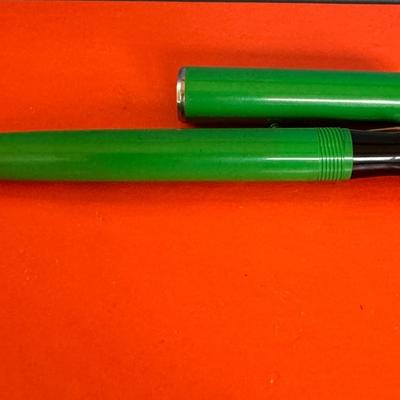
The "Big Red" nickname was originally given to the Parker Duofold fountain pen, introduced in 1921, which featured a striking orange-red hard rubber. A lower-end pen, also called "Big Red", was released in 1970. This ballpoint pen was produced from 1970 to 1981 and was quite popular, with over 27 million units sold by 1980. The pen shown in the image is green, a less common color variation of the "Big Red" ballpoint pens. 111 / 797 -
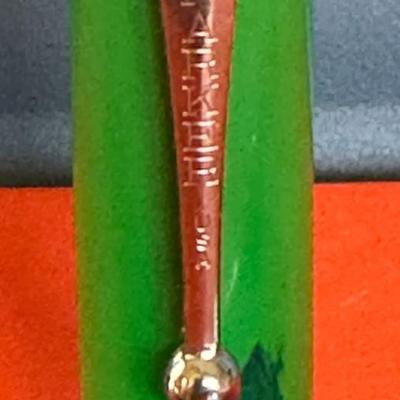
The "Big Red" nickname was originally given to the Parker Duofold fountain pen, introduced in 1921, which featured a striking orange-red hard rubber. A lower-end pen, also called "Big Red", was released in 1970. This ballpoint pen was produced from 1970 to 1981 and was quite popular, with over 27 million units sold by 1980. The pen shown in the image is green, a less common color variation of the "Big Red" ballpoint pens. 112 / 797 -
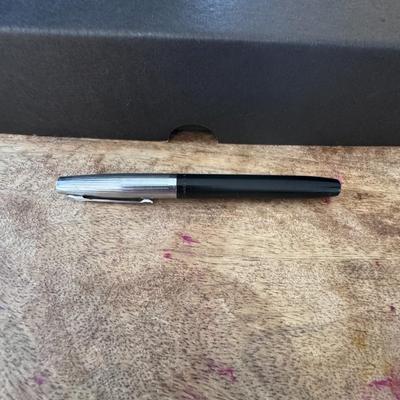
Sheaffer pen, specifically identified by the "SHEAFFER'S" engraving visible on the pen's body. About Sheaffer Pens: Founded: Sheaffer Pen Corporation was founded in Fort Madison, Iowa, in 1913 by Walter A. Sheaffer, who patented a lever-filling fountain pen, revolutionizing the writing instrument industry. Iconic Features: Sheaffer is known for its distinctive designs and innovations, including the iconic "White Dot" introduced in the 1920s, which symbolized quality and a lifetime warranty on premium pens. 113 / 797 -
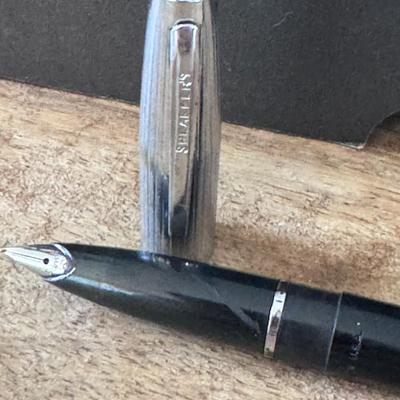
Sheaffer pen, specifically identified by the "SHEAFFER'S" engraving visible on the pen's body. About Sheaffer Pens: Founded: Sheaffer Pen Corporation was founded in Fort Madison, Iowa, in 1913 by Walter A. Sheaffer, who patented a lever-filling fountain pen, revolutionizing the writing instrument industry. Iconic Features: Sheaffer is known for its distinctive designs and innovations, including the iconic "White Dot" introduced in the 1920s, which symbolized quality and a lifetime warranty on premium pens. 114 / 797 -
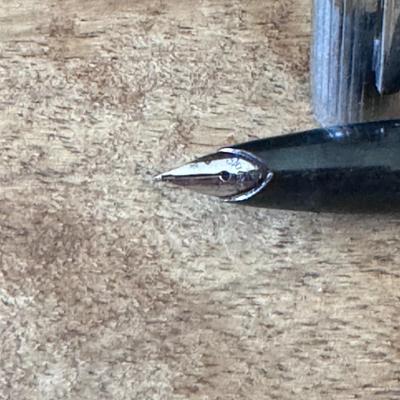
Sheaffer pen, specifically identified by the "SHEAFFER'S" engraving visible on the pen's body. About Sheaffer Pens: Founded: Sheaffer Pen Corporation was founded in Fort Madison, Iowa, in 1913 by Walter A. Sheaffer, who patented a lever-filling fountain pen, revolutionizing the writing instrument industry. Iconic Features: Sheaffer is known for its distinctive designs and innovations, including the iconic "White Dot" introduced in the 1920s, which symbolized quality and a lifetime warranty on premium pens. 115 / 797 -
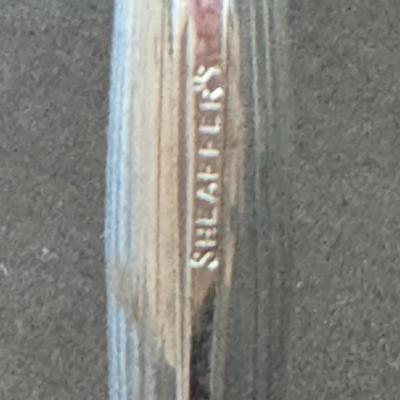
Sheaffer pen, specifically identified by the "SHEAFFER'S" engraving visible on the pen's body. About Sheaffer Pens: Founded: Sheaffer Pen Corporation was founded in Fort Madison, Iowa, in 1913 by Walter A. Sheaffer, who patented a lever-filling fountain pen, revolutionizing the writing instrument industry. Iconic Features: Sheaffer is known for its distinctive designs and innovations, including the iconic "White Dot" introduced in the 1920s, which symbolized quality and a lifetime warranty on premium pens. 116 / 797 -
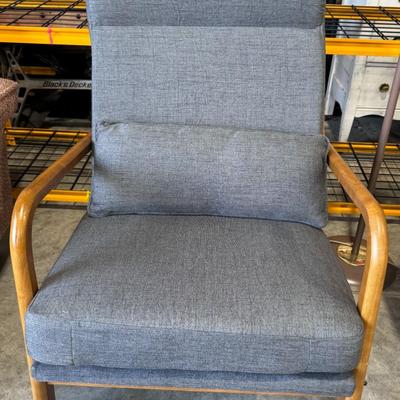
Clean new chair with great styling 139 / 797 -
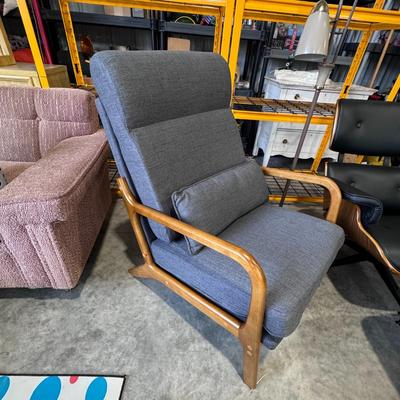
Clean new chair with great styling 140 / 797 -
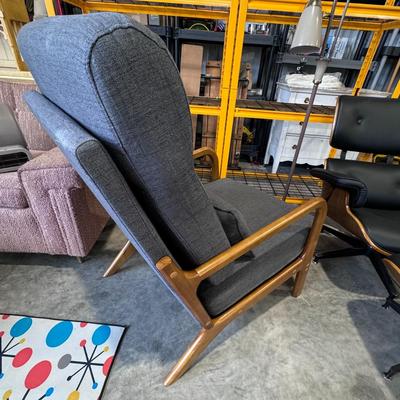
Clean new chair with great styling 141 / 797 -
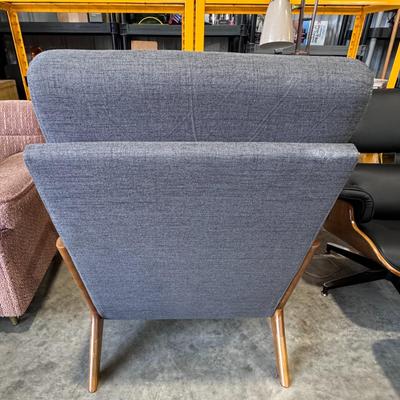
Clean new chair with great styling 142 / 797 -
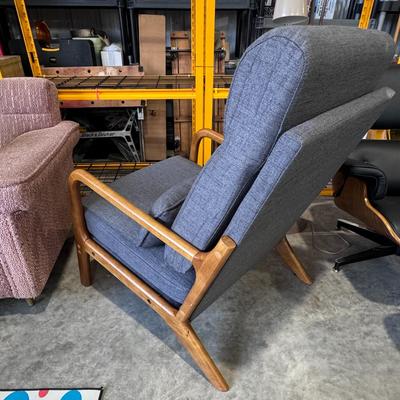
Clean new chair with great styling 143 / 797 -
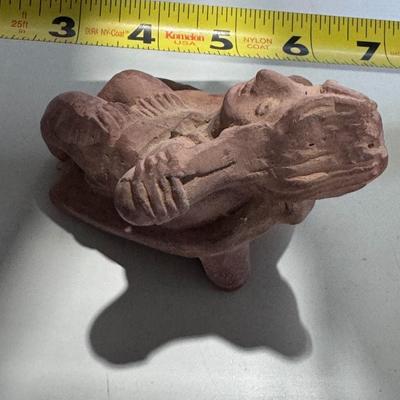
The image shows a vintage 1960s promotional clay figurine used by the pharmaceutical company Schering for their drug Etrafon, which was prescribed for anxiety and depression. About the Figurine: Origin and Style: It is a reproduction of an ancient Pre-Columbian clay sculpture, specifically modeled after figures from the Nayarit or Colima cultures of West Mexico, dating back to around 400-800 A.D.. Symbolism: The figurine, often referred to as a "Portrait of Anxiety/Depression," depicts a seated figure with hands seemingly holding its head, visually representing the themes of distress and mental burden associated with the conditions Etrafon aimed to treat. 144 / 797 -
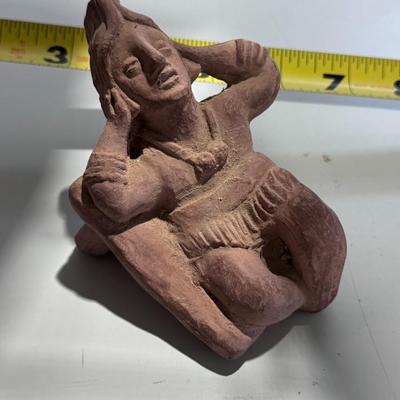
The image shows a vintage 1960s promotional clay figurine used by the pharmaceutical company Schering for their drug Etrafon, which was prescribed for anxiety and depression. About the Figurine: Origin and Style: It is a reproduction of an ancient Pre-Columbian clay sculpture, specifically modeled after figures from the Nayarit or Colima cultures of West Mexico, dating back to around 400-800 A.D.. Symbolism: The figurine, often referred to as a "Portrait of Anxiety/Depression," depicts a seated figure with hands seemingly holding its head, visually representing the themes of distress and mental burden associated with the conditions Etrafon aimed to treat. 145 / 797 -
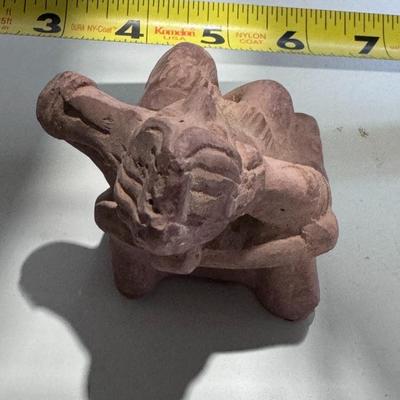
The image shows a vintage 1960s promotional clay figurine used by the pharmaceutical company Schering for their drug Etrafon, which was prescribed for anxiety and depression. About the Figurine: Origin and Style: It is a reproduction of an ancient Pre-Columbian clay sculpture, specifically modeled after figures from the Nayarit or Colima cultures of West Mexico, dating back to around 400-800 A.D.. Symbolism: The figurine, often referred to as a "Portrait of Anxiety/Depression," depicts a seated figure with hands seemingly holding its head, visually representing the themes of distress and mental burden associated with the conditions Etrafon aimed to treat. 146 / 797 -
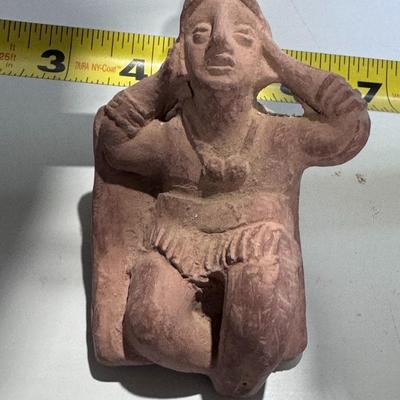
The image shows a vintage 1960s promotional clay figurine used by the pharmaceutical company Schering for their drug Etrafon, which was prescribed for anxiety and depression. About the Figurine: Origin and Style: It is a reproduction of an ancient Pre-Columbian clay sculpture, specifically modeled after figures from the Nayarit or Colima cultures of West Mexico, dating back to around 400-800 A.D.. Symbolism: The figurine, often referred to as a "Portrait of Anxiety/Depression," depicts a seated figure with hands seemingly holding its head, visually representing the themes of distress and mental burden associated with the conditions Etrafon aimed to treat. 147 / 797 -
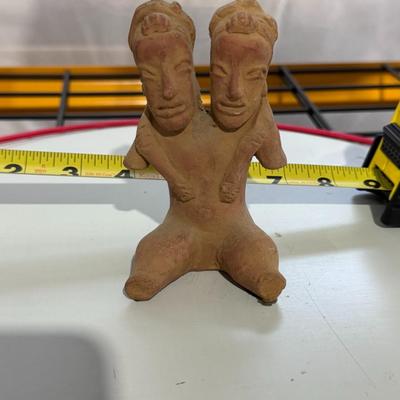
The image shows a vintage terracotta figurine often referred to as "Dual Emotional Distress" or "Portrait of Depression/Anxiety". Here's more information about this figurine: Origin and Purpose: It is a reproduction of an ancient Pre-Columbian style Mexican clay sculpture, specifically in the style of Tlapacoya or Tlatilco figures, known for their expressive portrayals. Pharmaceutical Promotion: This specific figurine was notably used as a promotional item by Schering Pharmaceuticals in the 1970s for their drug Etrafon, which was used to treat depression and anxiety. 148 / 797 -
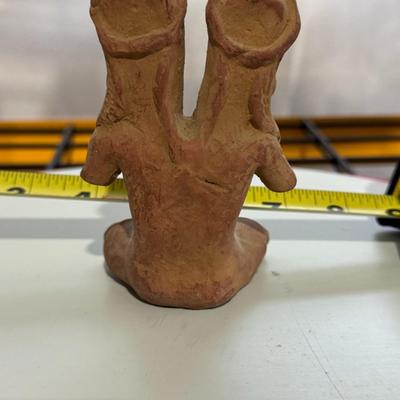
The image shows a vintage terracotta figurine often referred to as "Dual Emotional Distress" or "Portrait of Depression/Anxiety". Here's more information about this figurine: Origin and Purpose: It is a reproduction of an ancient Pre-Columbian style Mexican clay sculpture, specifically in the style of Tlapacoya or Tlatilco figures, known for their expressive portrayals. Pharmaceutical Promotion: This specific figurine was notably used as a promotional item by Schering Pharmaceuticals in the 1970s for their drug Etrafon, which was used to treat depression and anxiety. 149 / 797 -
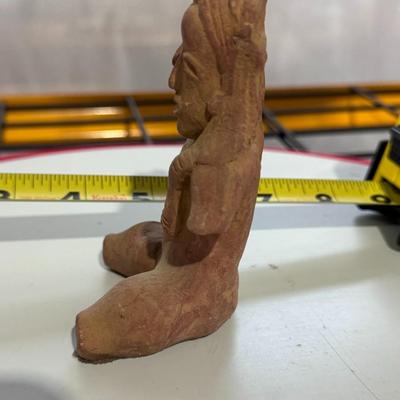
The image shows a vintage terracotta figurine often referred to as "Dual Emotional Distress" or "Portrait of Depression/Anxiety". Here's more information about this figurine: Origin and Purpose: It is a reproduction of an ancient Pre-Columbian style Mexican clay sculpture, specifically in the style of Tlapacoya or Tlatilco figures, known for their expressive portrayals. Pharmaceutical Promotion: This specific figurine was notably used as a promotional item by Schering Pharmaceuticals in the 1970s for their drug Etrafon, which was used to treat depression and anxiety. 150 / 797 -
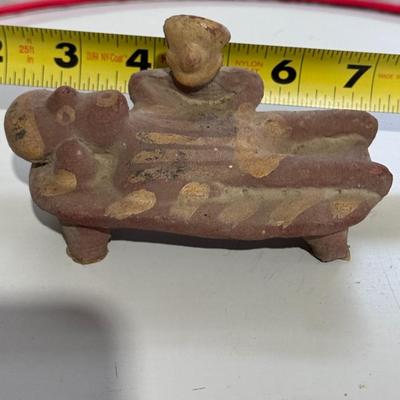
The image shows a Pre-Columbian style Nayarit ceramic figure, likely from West Mexico (modern-day Nayarit state). These figures are characteristic of the Late Formative and Early Classic periods, roughly dating from 300 BCE to 450 CE. Key details about Nayarit ceramic figures: Cultural Significance: These figures were often found in shaft tombs and offer insights into the daily and ritual life of the ancient Nayarit people, depicting scenes like feasts, ballgames, and family life. Materials and Style: Typically made from terracotta or burnished ceramic, they often feature painted and incised details. The figure in your image, with a caretaker seated beside another figure on a bed, is a common subject found in this style. Dimensions: Based on the visible measuring tape, the figure is approximately 4.5 inches (11.4 cm) in length. 151 / 797 -
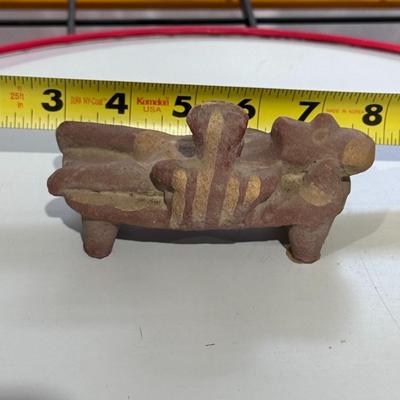
The image shows a Pre-Columbian style Nayarit ceramic figure, likely from West Mexico (modern-day Nayarit state). These figures are characteristic of the Late Formative and Early Classic periods, roughly dating from 300 BCE to 450 CE. Key details about Nayarit ceramic figures: Cultural Significance: These figures were often found in shaft tombs and offer insights into the daily and ritual life of the ancient Nayarit people, depicting scenes like feasts, ballgames, and family life. Materials and Style: Typically made from terracotta or burnished ceramic, they often feature painted and incised details. The figure in your image, with a caretaker seated beside another figure on a bed, is a common subject found in this style. Dimensions: Based on the visible measuring tape, the figure is approximately 4.5 inches (11.4 cm) in length. 152 / 797 -
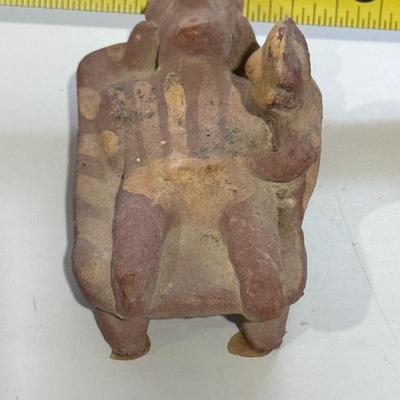
The image shows a Pre-Columbian style Nayarit ceramic figure, likely from West Mexico (modern-day Nayarit state). These figures are characteristic of the Late Formative and Early Classic periods, roughly dating from 300 BCE to 450 CE. Key details about Nayarit ceramic figures: Cultural Significance: These figures were often found in shaft tombs and offer insights into the daily and ritual life of the ancient Nayarit people, depicting scenes like feasts, ballgames, and family life. Materials and Style: Typically made from terracotta or burnished ceramic, they often feature painted and incised details. The figure in your image, with a caretaker seated beside another figure on a bed, is a common subject found in this style. Dimensions: Based on the visible measuring tape, the figure is approximately 4.5 inches (11.4 cm) in length. 153 / 797 -
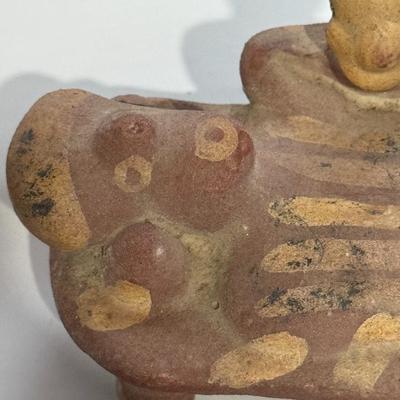
The image shows a Pre-Columbian style Nayarit ceramic figure, likely from West Mexico (modern-day Nayarit state). These figures are characteristic of the Late Formative and Early Classic periods, roughly dating from 300 BCE to 450 CE. Key details about Nayarit ceramic figures: Cultural Significance: These figures were often found in shaft tombs and offer insights into the daily and ritual life of the ancient Nayarit people, depicting scenes like feasts, ballgames, and family life. Materials and Style: Typically made from terracotta or burnished ceramic, they often feature painted and incised details. The figure in your image, with a caretaker seated beside another figure on a bed, is a common subject found in this style. Dimensions: Based on the visible measuring tape, the figure is approximately 4.5 inches (11.4 cm) in length. 154 / 797 -
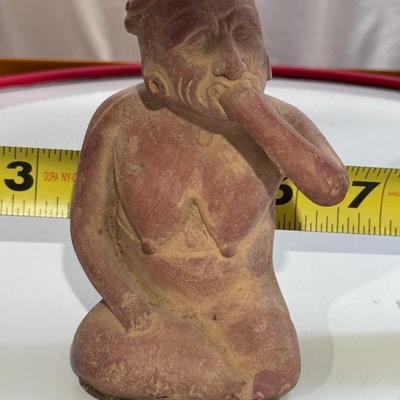
The figure in your image is a Vintage "Portrait of Anxiety/Depression" Clay Pottery Figure, which is a 1960s promotional piece for a prescription drug company in Mexico, believed to be Etrafon. Here's more information about this intriguing figure: Origin and Purpose: It's a vintage advertising piece created in the 1960s for a pharmaceutical company in Mexico, likely promoting the tranquilizer Etrafon. It's often referred to as "Portrait of Anxiety/Depression" due to its expressive posture. Style and Inspiration: While it's a modern promotional item, its design is inspired by Pre-Columbian art, particularly the style of figures found in Jaina, Mexico, dating back to around 800 AD. Materials: The figure is made of clay pottery or ceramic, often in terracotta or brick-red tones. 155 / 797 -
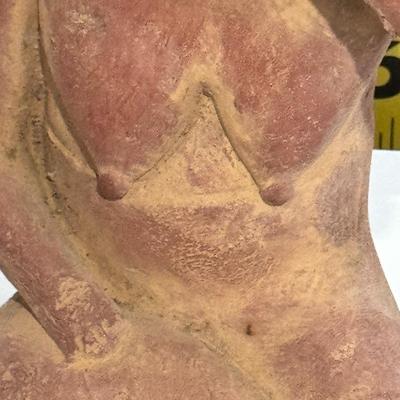
The figure in your image is a Vintage "Portrait of Anxiety/Depression" Clay Pottery Figure, which is a 1960s promotional piece for a prescription drug company in Mexico, believed to be Etrafon. Here's more information about this intriguing figure: Origin and Purpose: It's a vintage advertising piece created in the 1960s for a pharmaceutical company in Mexico, likely promoting the tranquilizer Etrafon. It's often referred to as "Portrait of Anxiety/Depression" due to its expressive posture. Style and Inspiration: While it's a modern promotional item, its design is inspired by Pre-Columbian art, particularly the style of figures found in Jaina, Mexico, dating back to around 800 AD. Materials: The figure is made of clay pottery or ceramic, often in terracotta or brick-red tones. 156 / 797 -
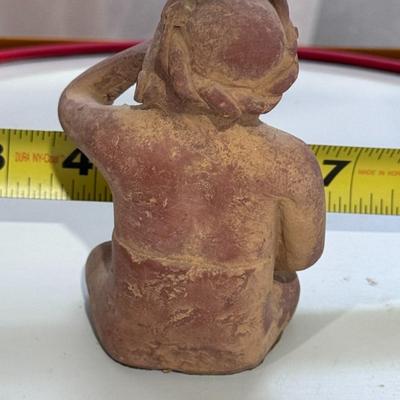
The figure in your image is a Vintage "Portrait of Anxiety/Depression" Clay Pottery Figure, which is a 1960s promotional piece for a prescription drug company in Mexico, believed to be Etrafon. Here's more information about this intriguing figure: Origin and Purpose: It's a vintage advertising piece created in the 1960s for a pharmaceutical company in Mexico, likely promoting the tranquilizer Etrafon. It's often referred to as "Portrait of Anxiety/Depression" due to its expressive posture. Style and Inspiration: While it's a modern promotional item, its design is inspired by Pre-Columbian art, particularly the style of figures found in Jaina, Mexico, dating back to around 800 AD. Materials: The figure is made of clay pottery or ceramic, often in terracotta or brick-red tones. 157 / 797 -
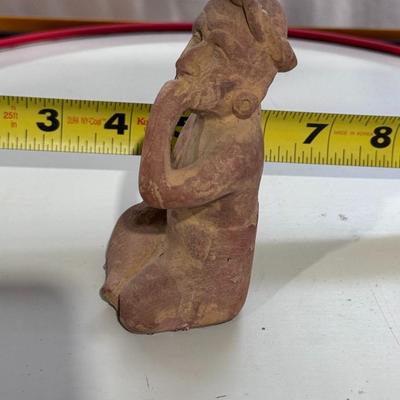
The figure in your image is a Vintage "Portrait of Anxiety/Depression" Clay Pottery Figure, which is a 1960s promotional piece for a prescription drug company in Mexico, believed to be Etrafon. Here's more information about this intriguing figure: Origin and Purpose: It's a vintage advertising piece created in the 1960s for a pharmaceutical company in Mexico, likely promoting the tranquilizer Etrafon. It's often referred to as "Portrait of Anxiety/Depression" due to its expressive posture. Style and Inspiration: While it's a modern promotional item, its design is inspired by Pre-Columbian art, particularly the style of figures found in Jaina, Mexico, dating back to around 800 AD. Materials: The figure is made of clay pottery or ceramic, often in terracotta or brick-red tones. 158 / 797 -
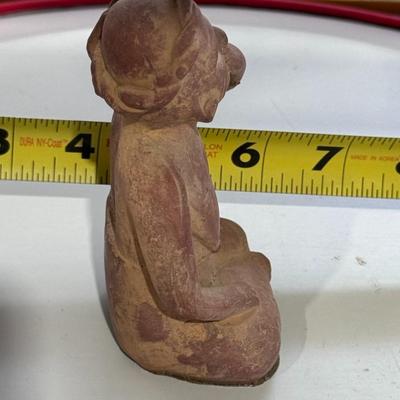
The figure in your image is a Vintage "Portrait of Anxiety/Depression" Clay Pottery Figure, which is a 1960s promotional piece for a prescription drug company in Mexico, believed to be Etrafon. Here's more information about this intriguing figure: Origin and Purpose: It's a vintage advertising piece created in the 1960s for a pharmaceutical company in Mexico, likely promoting the tranquilizer Etrafon. It's often referred to as "Portrait of Anxiety/Depression" due to its expressive posture. Style and Inspiration: While it's a modern promotional item, its design is inspired by Pre-Columbian art, particularly the style of figures found in Jaina, Mexico, dating back to around 800 AD. Materials: The figure is made of clay pottery or ceramic, often in terracotta or brick-red tones. 159 / 797 -
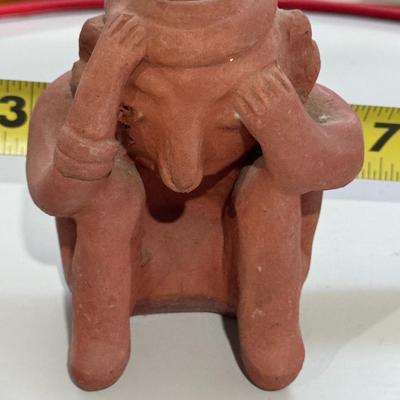
The terracotta figure in the image is a vintage promotional item used by Schering Pharmaceuticals to advertise the drug Etrafon, which was prescribed for anxiety and depression. Key details about this figure: Origin: It is a reproduction of an ancient terracotta figure from Nayarit, Mexico, dating back to approximately 400-800 A.D. Purpose: These figures, often referred to as "Portrait of Anxiety/Depression," were given to doctors by Schering as part of their marketing efforts for Etrafon, a medication for mental health conditions. Significance: It represents a unique intersection of ancient art and modern pharmaceutical advertising, depicting a poignant visual representation of the conditions Etrafon aimed to treat. 160 / 797 -
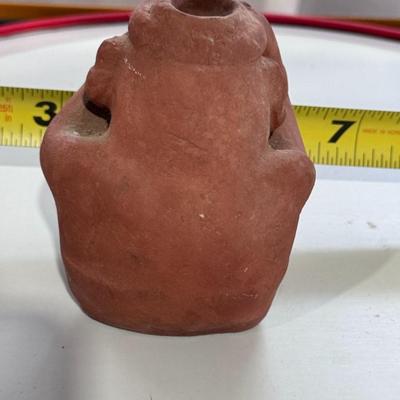
The terracotta figure in the image is a vintage promotional item used by Schering Pharmaceuticals to advertise the drug Etrafon, which was prescribed for anxiety and depression. Key details about this figure: Origin: It is a reproduction of an ancient terracotta figure from Nayarit, Mexico, dating back to approximately 400-800 A.D. Purpose: These figures, often referred to as "Portrait of Anxiety/Depression," were given to doctors by Schering as part of their marketing efforts for Etrafon, a medication for mental health conditions. Significance: It represents a unique intersection of ancient art and modern pharmaceutical advertising, depicting a poignant visual representation of the conditions Etrafon aimed to treat. 161 / 797 -
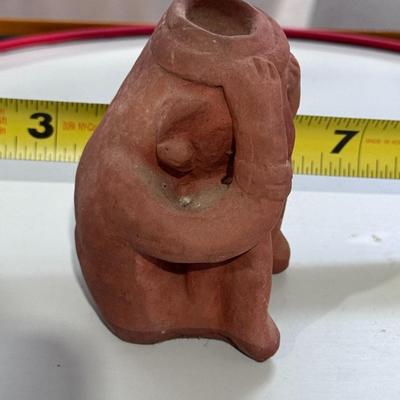
The terracotta figure in the image is a vintage promotional item used by Schering Pharmaceuticals to advertise the drug Etrafon, which was prescribed for anxiety and depression. Key details about this figure: Origin: It is a reproduction of an ancient terracotta figure from Nayarit, Mexico, dating back to approximately 400-800 A.D. Purpose: These figures, often referred to as "Portrait of Anxiety/Depression," were given to doctors by Schering as part of their marketing efforts for Etrafon, a medication for mental health conditions. Significance: It represents a unique intersection of ancient art and modern pharmaceutical advertising, depicting a poignant visual representation of the conditions Etrafon aimed to treat. 162 / 797 -
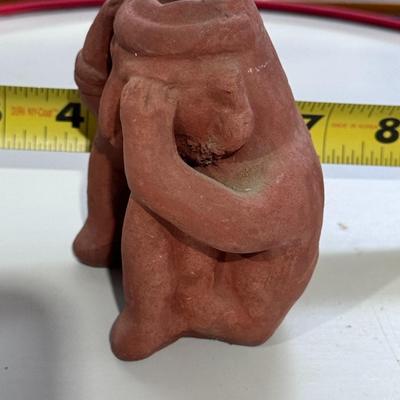
The terracotta figure in the image is a vintage promotional item used by Schering Pharmaceuticals to advertise the drug Etrafon, which was prescribed for anxiety and depression. Key details about this figure: Origin: It is a reproduction of an ancient terracotta figure from Nayarit, Mexico, dating back to approximately 400-800 A.D. Purpose: These figures, often referred to as "Portrait of Anxiety/Depression," were given to doctors by Schering as part of their marketing efforts for Etrafon, a medication for mental health conditions. Significance: It represents a unique intersection of ancient art and modern pharmaceutical advertising, depicting a poignant visual representation of the conditions Etrafon aimed to treat. 163 / 797 -
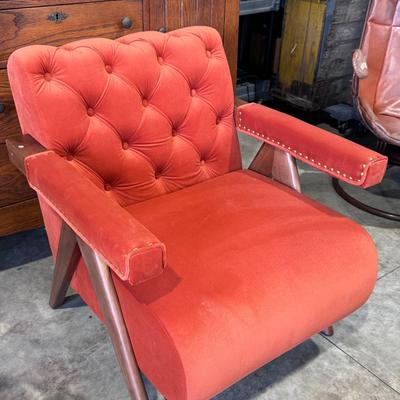
Nice clean chair, great look 164 / 797 -
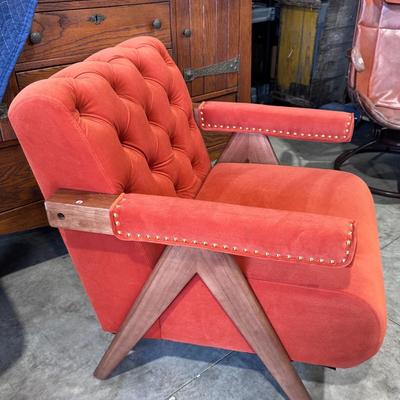
Nice clean chair, great look 165 / 797 -
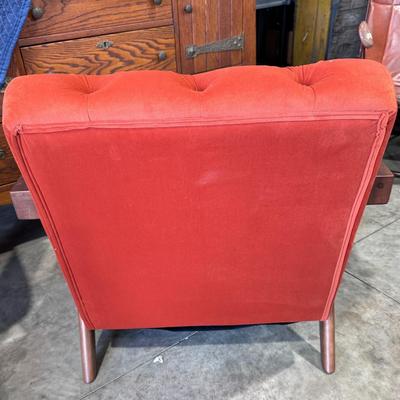
Nice clean chair, great look 166 / 797 -
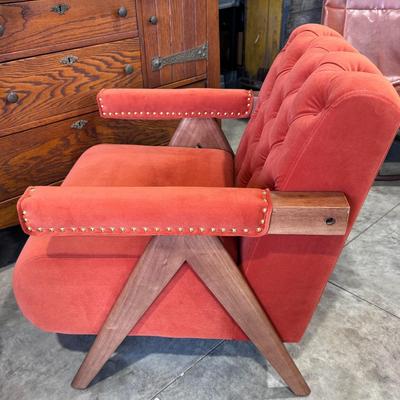
Nice clean chair, great look 167 / 797 -
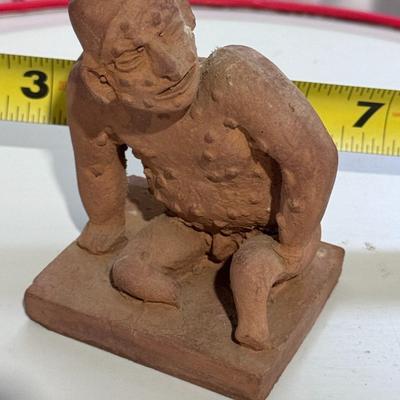
Vintage Schering Pharmaceutical Valisone Advertising Male Figure with Skin Lesions. This figure was used as a promotional item by Schering, a pharmaceutical company, to advertise Valisone Cream, a medication used to treat various skin conditions like eczema, dermatitis, and psoriasis. Key details about the figure: Purpose: It served as a visual aid to highlight the skin conditions Valisone Cream aimed to address, showcasing a male figure with prominent skin lesions. Origin/Inspiration: The figure is often described as a reproduction of Pre-Columbian medical sculptures, specifically citing examples from Colima, Mexico, dating back to 400-800 A.D.. 173 / 797 -
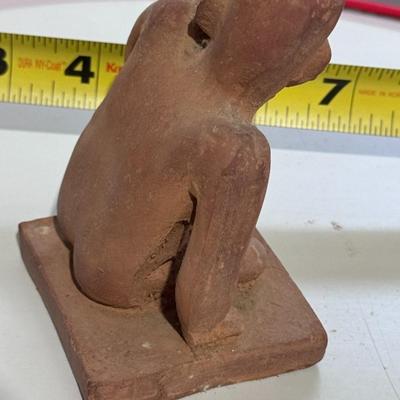
Vintage Schering Pharmaceutical Valisone Advertising Male Figure with Skin Lesions. This figure was used as a promotional item by Schering, a pharmaceutical company, to advertise Valisone Cream, a medication used to treat various skin conditions like eczema, dermatitis, and psoriasis. Key details about the figure: Purpose: It served as a visual aid to highlight the skin conditions Valisone Cream aimed to address, showcasing a male figure with prominent skin lesions. Origin/Inspiration: The figure is often described as a reproduction of Pre-Columbian medical sculptures, specifically citing examples from Colima, Mexico, dating back to 400-800 A.D.. 174 / 797 -
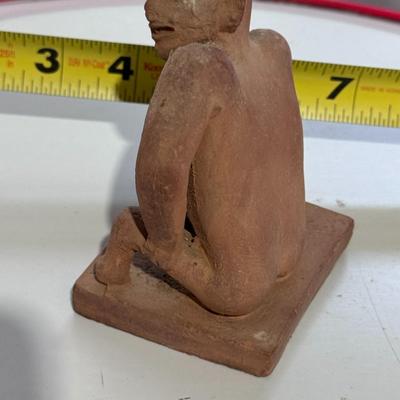
Vintage Schering Pharmaceutical Valisone Advertising Male Figure with Skin Lesions. This figure was used as a promotional item by Schering, a pharmaceutical company, to advertise Valisone Cream, a medication used to treat various skin conditions like eczema, dermatitis, and psoriasis. Key details about the figure: Purpose: It served as a visual aid to highlight the skin conditions Valisone Cream aimed to address, showcasing a male figure with prominent skin lesions. Origin/Inspiration: The figure is often described as a reproduction of Pre-Columbian medical sculptures, specifically citing examples from Colima, Mexico, dating back to 400-800 A.D.. 175 / 797 -
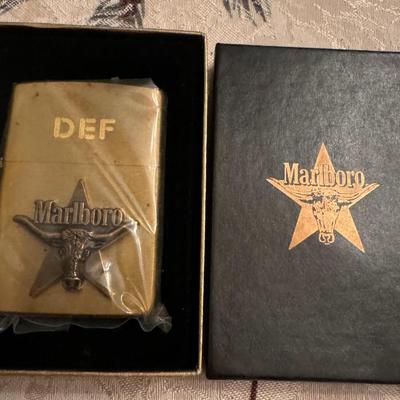
Marlboro Zippo lighter, possibly from 1991, featuring a Longhorn Bull and Star logo. The lighter also has an engraving of the letters "DEF". It is made of brass and comes in a box with the Marlboro logo. These lighters were often used as promotional items for Marlboro cigarettes. Some similar lighters may have been modified with personalized engravings. 188 / 797 -
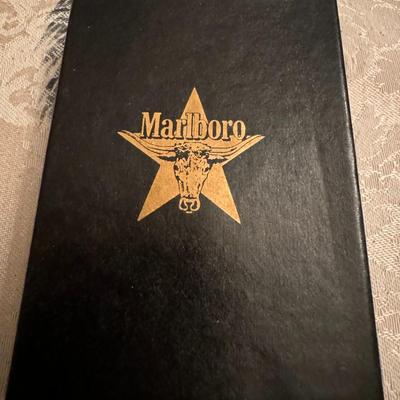
Marlboro Zippo lighter, possibly from 1991, featuring a Longhorn Bull and Star logo. The lighter also has an engraving of the letters "DEF". It is made of brass and comes in a box with the Marlboro logo. These lighters were often used as promotional items for Marlboro cigarettes. Some similar lighters may have been modified with personalized engravings. 189 / 797
Photos 101 - 200 of 797
Per page:
